Thank you dear subscribers, we are overwhelmed with your response.
Your Turn is a unique section from ThePrint featuring points of view from its subscribers. If you are a subscriber, have a point of view, please send it to us. If not, do subscribe here: https://theprint.in/
A glance over the recent history of India reveals interesting patterns. These patterns are formed of trends that persist for a period of thirty odd years.
To make my point clear, let us begin from the 1860s and discuss politics and the society in periods of approximately 30 years.
The year 1857 signalled a major shift in the political and social history of India. The British had consolidated their position over the previous thirty years by annexing a number of Princely States. The de-facto rule of the East India Company was replaced by the rule of the Crown in 1858. The British hardly saw any political resistance over the next thirty years. The social landscape was dominated by the Reform Movements. The country was like a winter deciduous tree, concentrating on the inside, preparing for spring. The social and educational reforms produced a generation that was exposed to the Western ideas.
By the 1890s this generation was in action mode. For the next thirty years we see the Indian voice being raised, not from amongst the Princes, but the masses. It was the era of the militant revolutionaries. Platforms like the Congress (1885) were created. This was the time when the Congress was taking roots and the scene was dominated by the debates of the Moderates Vs Extremists. It was a phase when many youngsters travelled to the West for higher education. From the 1890s to the 1920s the country was struggling to find the most effective methods of resistance to the foreign occupation.
The thirty years between 1920s to 1940s is the phase of mass movements. India had found her methods of resistance. It was realized that armed resistance wouldn’t stand a chance. The Surat split had already laid to rest the issue of the moderates and extremists in the Congress. The formative years of the organization were gone. It was in its prime. Foreign educated youngsters had returned with a confidence of facing the world. They had become the face and voice of the Nation. From Non-Cooperation, through Civil Disobedience to Quit India, the voice was becoming stronger and firmer. This was a generation steeped in idealism and nationalism. They trained the next generation on similar lines.
For the next thirty years post Independence, we see a dominance of the Congress as a political force, with hardly any opposition. From 1951 till 1971, it managed to win the Lok Sabha with seats usually above 350 (barring the 1967 election), and a vote percentage above 40. The social fabric had the texture of idealism and colours of modernism. Focus was on securing stability through education, and a good job.
The period between the 1980s to 2010 was that of churning and dilemmas. Perhaps the first jolt to the dominance of INC came with the loss in the Lok Sabha elections in 1977, exactly thirty years after Independence. The two year period was enough of a window to see and experience the future possibilities of India without a Congress Government. The Congress did return to power, but hindsight tells us things had changed beneath the surface. The Congress operated differently now. The process of transfer of power to the next generation of the Gandhis had begun. The next generation of the society at large had a different outlook of life. On one end, they aspired to a westernised lifestyle, and on the other, there was a search for an identity rooted in regional history. On one end people were working towards and emigrating for better paid jobs, on the other, they were debating settling of historical records. On one end, we saw economic liberalisation and on the other, the Babri Masjid demolition followed by riots. This was the same time period when Congress was weakening with each passing year and the BJP rising at the same time.
To sum it up-
1860s to 1890s: Rule of the British Crown with little political resistance, Social Reforms
1890s to 1920s: Formative phase of the Congress, Militant Revolutionaries, people seeking higher education in foreign Universities
1920s to 1940s: Mass movements, Congress firmly rooted amongst the masses, Idealism and Nationalism of the society
1950s to 1970s: Dominance of the Congress, modernist, socialist outlook of society
1980s to 2010: Fall of the Congress and rise of the BJP, society in dilemma.
The phase we are living in currently, has already seen a life of about 10 years. It is enough to give us an idea of the trends and where we are heading to. Without commenting on anything, I will leave it to you all to identify the trends. I prefer to wait for another 20 years to see what this period was exactly all about.
Also read: SubscriberWrites: India’s ‘system’ has failed but illusion of leadership lingers
These pieces are being published as they have been received – they have not been edited/fact-checked by ThePrint.

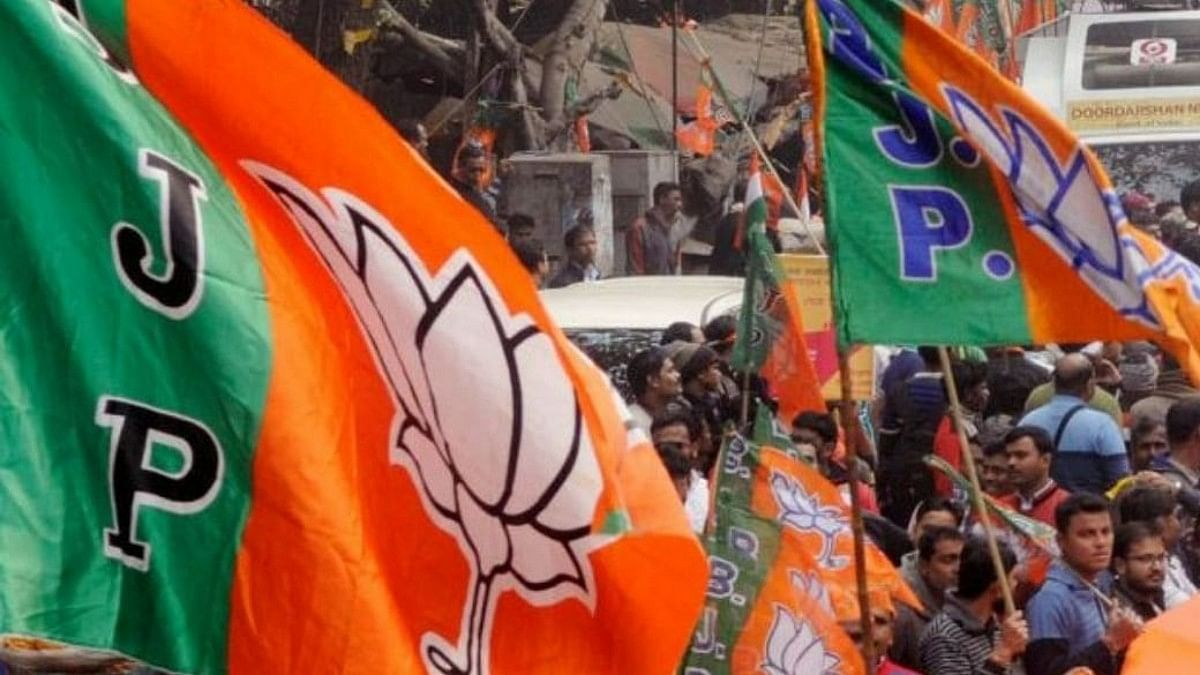

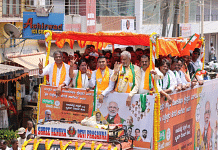


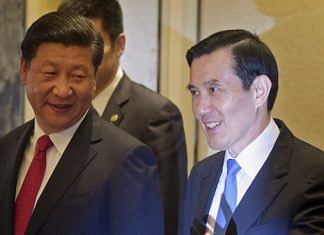


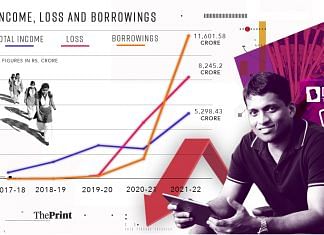

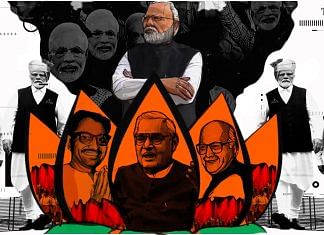
COMMENTS